Elevate Your Brand
Elevating Brands and Expanding Horizons
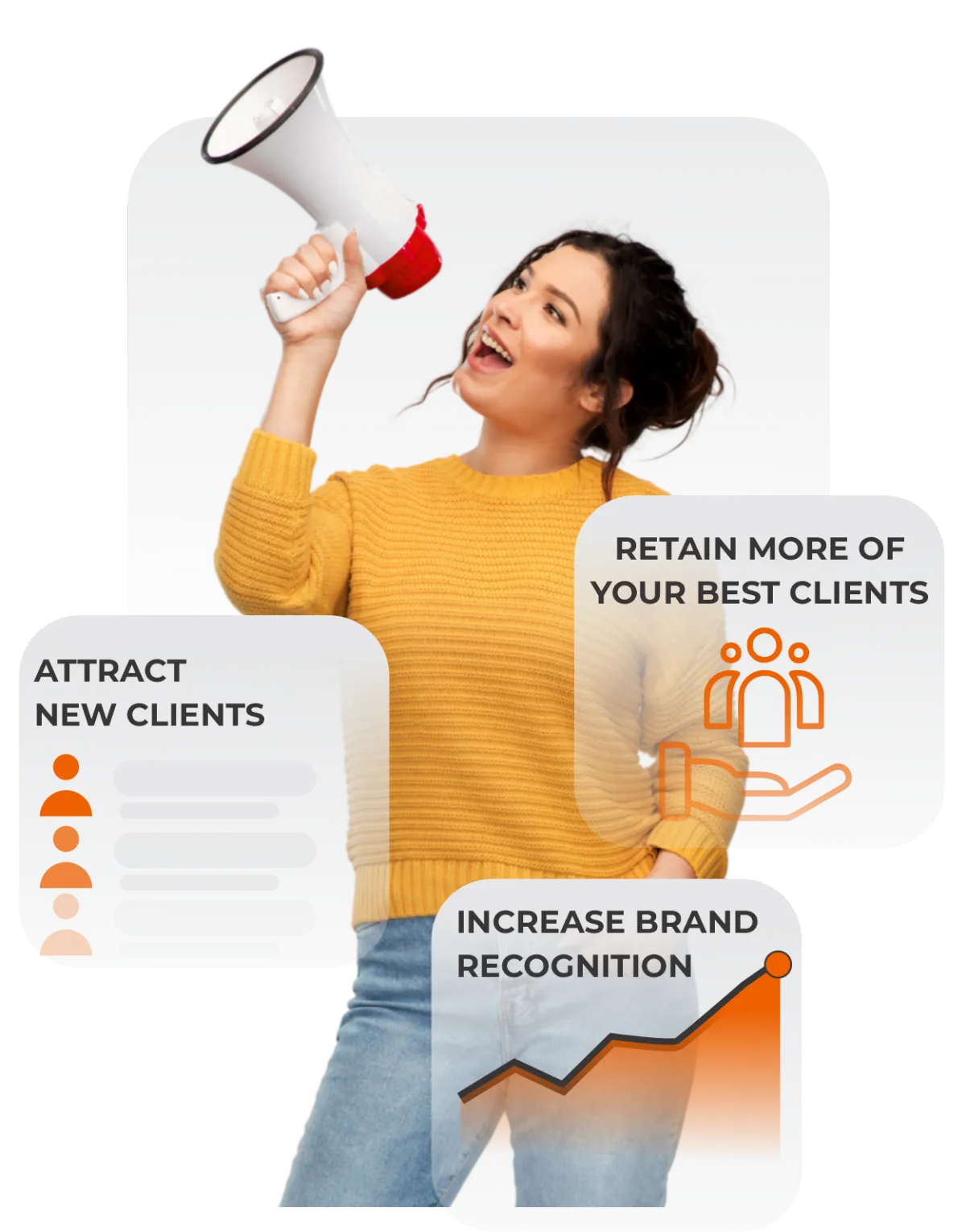
Elevating Brands and Expanding Horizons

Tired of feeling frustrated with your marketing efforts? Fresh Horizons has the solution with our 3 core tools: Digital Marketing, Custom Apparel, and Promotional Products. Say goodbye to frustration and hello to success with Fresh Horizons.
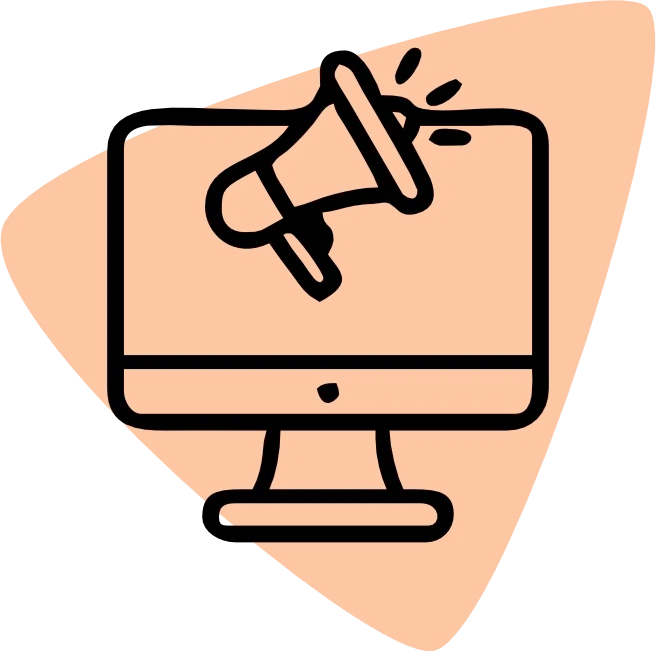
Get results that matter with our powerful marketing tools. From CRM and websites to sales funnels, missed call text back, and email campaigns - we've got you covered. Elevate your business today!
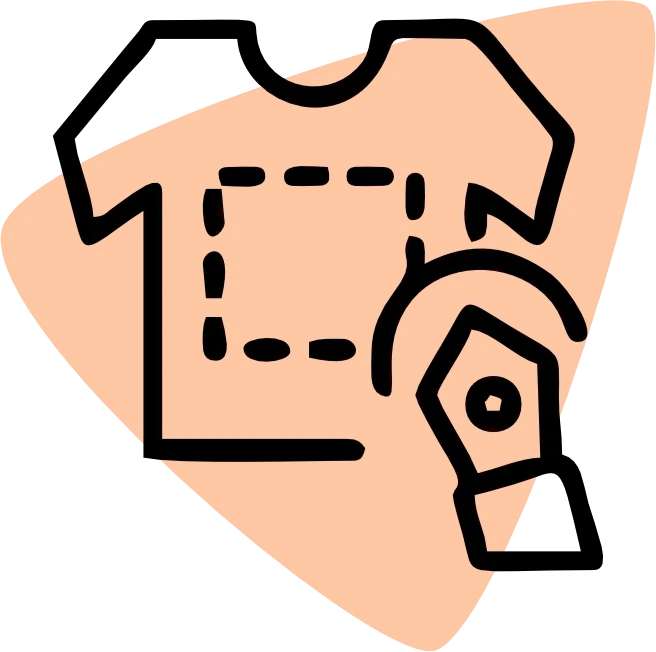
Elevate your brand and team spirit with custom apparel. Impress clients, instill pride in employees, and stand out from the competition. Let us help you make a lasting impression.
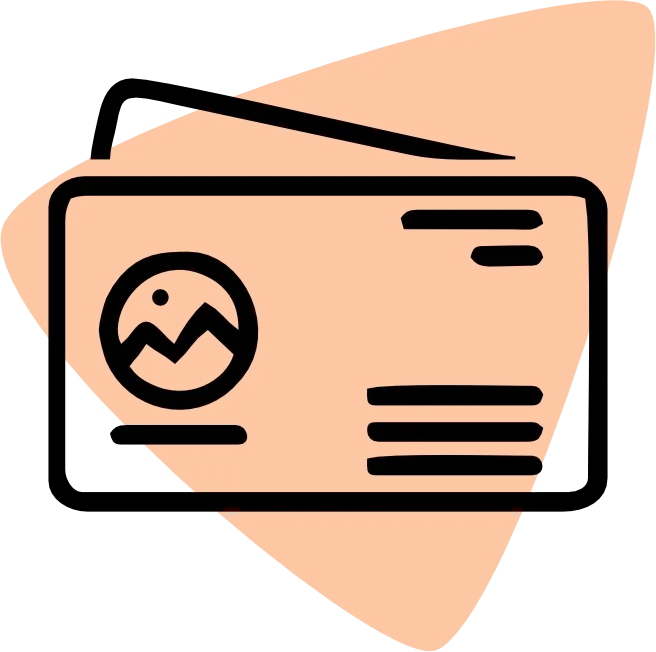
Promote with ease and confidence! Our access to over 1 million promotional products ensures you'll find the perfect fit for your brand, no matter the occasion. Let us help you create lasting recognition today.
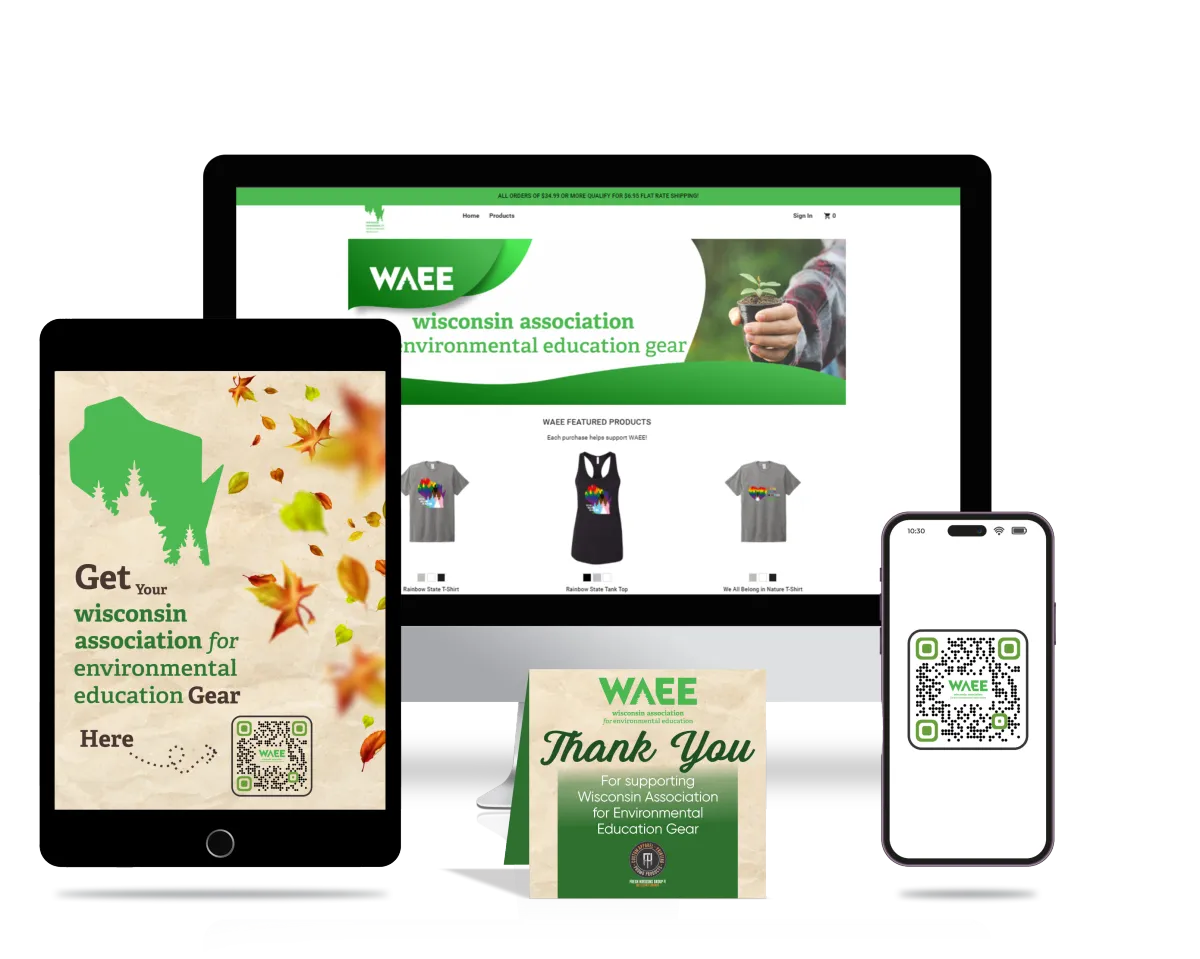
Revolutionize Your Marketing with Our Powerful Technology.
Is it time to take your marketing game to new heights? Fresh Horizons Group has got you covered with a suite of powerful tools that will make your competitors green with envy. From stunning websites and killer sales funnels to email campaigns that pack a punch, we've got all the tricks up our sleeve to generate leads, boost conversions, and keep your customers coming back for more. Say hello to success!
Ready to skyrocket your business like never before? With Fresh Horizons Group, you're not just getting snazzy websites and killer sales funnels - you're investing in a future of unstoppable growth. We'll help you magnetize new customers, make your competitors eat your digital dust, and turn your one-time buyers into die-hard fans. So strap in, and let's ride the wave to success together!
Discover a treasure trove of business and marketing insights on Fresh Horizons Group's blog.
From captivating articles to expert advice, unlock the secrets to success and stay ahead of the competition. Join the conversation today!
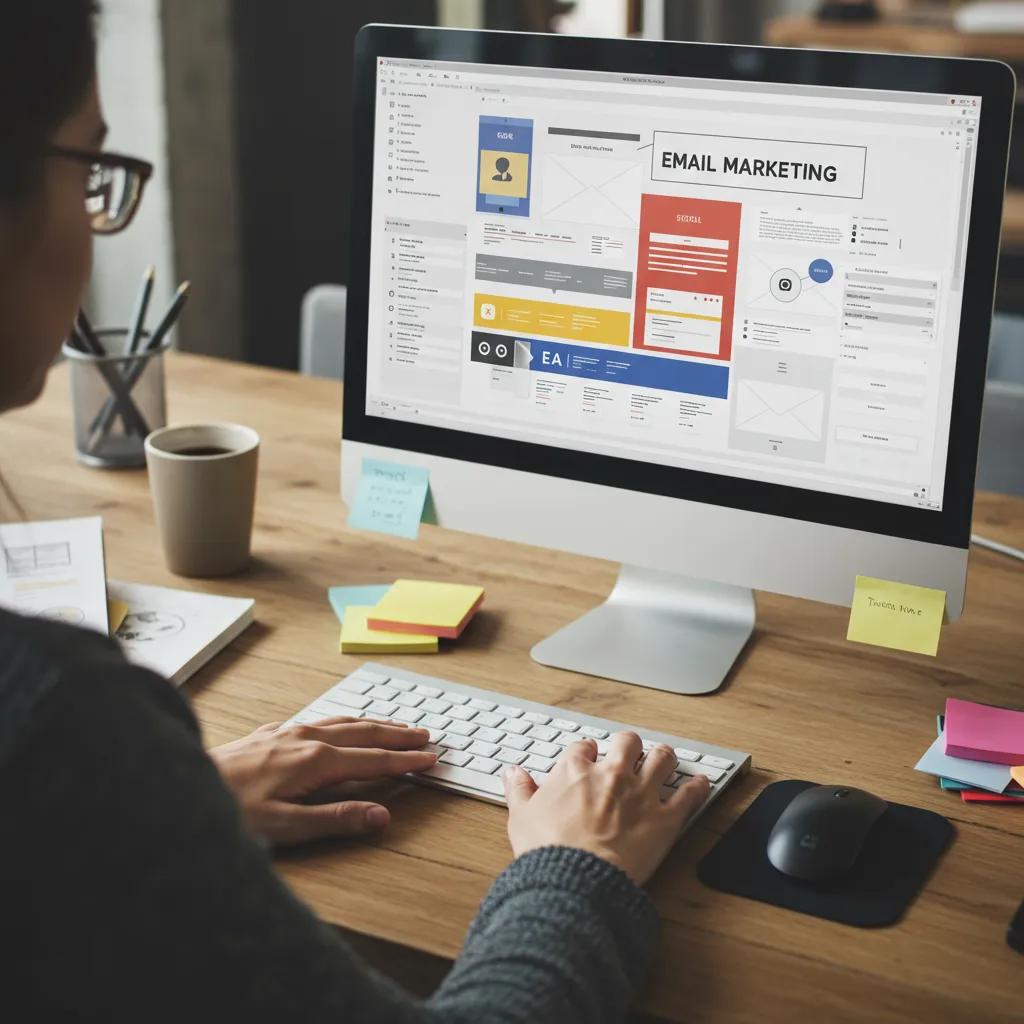
Written by Robert Ewald, a dedicated digital marketing strategist with over 25 years of business experience based in Beloit, WI, this blog aims to illuminate the pathways businesses can take to harness the full potential of modern technology. Having successfully guided hundreds of local and regional businesses across Wisconsin and Illinois, Robert is recognized for his practical, results-driven approach. With a keen eye for emerging trends and a deep understanding of the intricacies of customer relationship management (CRM) and automation, Robert helps businesses optimize their marketing efforts to achieve tangible results. His expertise lies in integrating powerful marketing tools that not only streamline operations but also enhance engagement, driving significant growth and ROI for his clients.
Robert's approach is particularly focused on the unique challenges faced by local and small businesses. He recognizes that while global marketing trends can offer valuable insights, the regional nuances of consumer behavior are equally important. By merging global MarTech innovations with an understanding of local market dynamics, Robert provides tailored solutions that meet the specific needs of businesses in his community. His passion for empowering local entrepreneurs shines through his work, as he strives to create strategies that foster sustainable success and boost brand visibility in an increasingly competitive landscape.

Supercharge your growth with integrated platforms that combine email marketing, CRM, sales funnels, lead generation, and instant text-back features. This unified ecosystem boosts efficiency, deepens engagement, and delivers measurable results. By automating routine tasks and using AI for personalized touches, you can boost conversions by up to 34% (Source: Salesforce) and reclaim valuable hours. This guide reveals:
The must-have features of marketing automation software and how they boost efficiency, AI personalization, customer engagement, and analytics.
Smart lead generation tactics to capture quality prospects using tools, content, ads, and automated nurturing.
CRM essentials for small businesses, covering data management, integrations, analytics, and affordable cloud solutions.
Proven strategies to optimize every stage of your sales funnel, from initial contact to closing the deal, with expert landing page tips and key metrics.
Top techniques for email campaigns, including AI personalization, easy-to-use builders, subject line testing, and ROI tracking.
How a missedcall text-back feature turns lost opportunities into engagement, seamlessly connecting with your CRM and lead tools.
Holistic strategies to harness all your tools for unstoppable business growth, digital expansion, automation, and smart, data-backed decisions.
Marketing automation software streamlines campaigns, lead scoring, and analytics to boost efficiency and revenue. It unifies email, social, CRM, and sales funnel processes, freeing your team to focus on strategy. For small businesses, these tools deliver an average 451% ROI (Source: HubSpot) and ensure consistent lead nurturing across all channels.
Key features of cutting-edge marketing automation platforms include:
Intuitive Drag-and-Drop Workflow Builder for creating sophisticated campaigns without code.
AI-Powered Lead Scoring to pinpoint your most promising prospects.
Multi-Channel Campaign Management for email, SMS, and social media.
Advanced Customer Segmentation and Dynamic Personalization based on behavior and demographics.
Built-In Analytics Dashboards and Customizable Reports for crystal-clear performance tracking.
These components slash campaign setup time by 50% (Source: Invespcro), enable personalized messaging at scale, and provide clear indicators of growth.
Selecting the right platform is crucial for small businesses. Here's a quick comparison of popular choices:

Marketing automation saves precious time by managing multi-step sequences—like welcome series, lead scoring, and re-engagement campaigns—automatically. Automated triggers respond instantly to user actions, delivering targeted messages at precisely the right moments. This smart orchestration lets your team focus on high-level strategy instead of repetitive tasks, boosting productivity by up to 60% (Source: Gartner) and minimizing human error.
Local Business Spotlight: A small bakery in Beloit, WI, uses automation to send birthday discounts to customers, automatically segmenting them by birth month and sending personalized offers, leading to a 20% increase in repeat business during those months.
AI supercharges marketing automation by analyzing engagement patterns to personalize content, predict lead conversions, and optimize send times. Machine learning algorithms score leads based on their interactions, allowing your sales team to zero in on the most valuable opportunities. AI-driven recommendations for subject lines, content, and audience segments can boost open rates by 14% and conversion rates by 12% (Source: McKinsey & Company).
By delivering timely, relevant content triggered by user behavior, marketing automation nurtures prospects throughout their entire buyer's journey. Automated drip campaigns guide leads from initial interest to purchase with personalized messages, special offers, and timely follow-ups. This consistent, relevant engagement can lift conversion rates by up to 30% (Source: Forrester) and build stronger, long-term customer value.
Integrated analytics, including funnel visualization, campaign attribution, and cohort analysis, help you pinpoint your most effective channels and optimize your spending. Customizable dashboards highlight crucial metrics—like open rates, click-throughs, and lead-to-customer conversion rates—empowering you to make data-driven adjustments. Real-time reporting allows for swift course corrections that boost ROI and inform your overall growth strategy.
Lead generation tools are designed to identify, attract, and qualify prospects with minimal manual effort. By leveraging AI, multi-channel capture, and automation, you can maximize your pipeline growth. Effective lead generation combines smart software features with compelling content and targeted paid advertising to fill your funnel and guide prospects toward a sale.
Essential strategies for capturing high-quality leads include:
AI-Driven Prospect Scoring for instant qualification and prioritization.
Content Marketing and Social Media Engagement to draw in organic traffic.
Precision Paid Advertising with targeted audiences on search and social platforms.
Automated Lead Nurturing sequences to guide prospects through qualification stages.
These approaches create a steady stream of qualified leads, lowering your cost per acquisition and accelerating sales cycles.

Lead generation software typically offers AI-powered data enrichment, real-time form capture, chatbots for immediate engagement, and seamless CRM integration. Features like progressive profiling and multi-channel lead magnets ensure prospects receive the right offer at the right time. This integrated approach can boost qualified lead volume by 45% (Source: Marketo).
Real-World Application: A local landscaping company in Janesville, WI, implemented a chatbot on their website that instantly qualifies leads by asking about service needs and budget, then routes high-priority leads directly to a sales rep, significantly reducing response time and improving conversion rates.
Creating valuable blog posts, ebooks, and webinars establishes your brand as a thought leader and attracts organic interest. Social media extends your content's reach through targeted posts, community interaction, and influencer collaborations. Consistent content distribution builds trust and drives traffic to your lead capture forms, increasing inbound leads by up to 3x (Source: Demand Metric).
Search engine marketing with precise keyword targeting captures high-intent prospects exactly when they're searching. Social media ads allow for detailed demographic and interest-based targeting. Retargeting campaigns re-engage visitors who showed interest but didn't convert. These paid channels, combined with A/B tested ad creatives, reduce your cost per lead and speed up conversion paths.
Automated nurturing sequences deliver personalized emails, web push notifications, and SMS reminders based on prospect behavior. By scoring and routing leads to the right sales reps, nurturing automation ensures timely follow-ups. This personalized approach can improve conversion rates by up to 25% and shorten sales cycles by 20% (Source: Forrester).
A CRM tailored for small businesses centralizes customer data, automates sales workflows, and provides insights to fuel relationship-building and revenue growth. By unifying contact records, interaction history, and pipeline stages, CRMs empower your team to deliver personalized experiences and maintain high customer retention. Businesses leveraging integrated CRM solutions report an average 27% increase in customer retention (Source: Salesforce).
Essential CRM capabilities include:

These CRM features cut down on manual data entry by 70% (Source: Nucleus Research) and contribute to a 15% increase in sales productivity (Source: HubSpot).
CRM software consolidates contact details, purchase history, and communication logs into unified customer profiles. Automated notifications assign follow-up tasks based on deal stages and customer activity. This comprehensive view fosters stronger relationships by ensuring timely, relevant interactions that drive repeat business.
Local Impact: A small retail boutique in Madison, WI, uses CRM to track customer preferences and purchase history. This allows them to send personalized recommendations and exclusive offers, leading to a 15% increase in average customer lifetime value.
Integrations with email campaign software, marketing automation platforms, and lead generation tools sync data across your systems. When a prospect fills out a form or clicks a link, your CRM records update automatically, triggering targeted campaigns and sales outreach. This seamless connectivity accelerates lead qualification and improves collaboration between teams.
CRManalytics features like lead source attribution, win-loss reports, and customer segmentation reveal your most profitable channels and customer groups. Predictive models forecast churn and identify cross-sell opportunities, enabling proactive retention campaigns. Data-driven insights guide your budget allocation and strategic planning.
Cloud-based CRMs eliminate the need for expensive infrastructure and offer access anytime, anywhere via web or mobile apps. Flexible, pay-as-you-grow pricing ensures small businesses only pay for what they need, making CRM adoption cost-effective. Rapid deployment and minimal IT involvement lead to quick ROI and effortless scalability.
Optimizing your salesfunnel means clearly defining each stage—Awareness, Interest, Decision, Action—and applying targeted strategies, tools, and metrics to guide prospects smoothly from discovery to purchase. By aligning content, design, and automation at every touchpoint, you can significantly boost conversion rates and maximize revenue per visitor.
Key stages and strategies for a high-performing funnel:
Awareness: Utilize SEO, social ads, and content marketing to attract qualified visitors.
Interest: Offer educational resources and demos to engage prospects.
Decision: Showcase testimonials, case studies, and tailored offers to build trust.
Action: Implement clear calls-to-action and seamless checkout or booking processes.
Each stage requires focused attention to minimize drop-offs and accelerate the path to purchase.
The Awareness stage uses organic search and paid ads to introduce prospects to your brand. Interest is built through gated content and webinars that capture leads. Decision-making is influenced by personalized demos and case studies that address concerns. Action is facilitated by simplified forms and secure payment gateways to close deals. Aligning these tactics reduces funnel friction and boosts conversions by up to 20% (Source: MarketingSherpa).
Your landing pages should feature a compelling headline, a clear value proposition, persuasive visuals, and a prominent call-to-action (CTA) button. Keep form fields minimal and include social proof—like testimonials and trust badges—to build credibility. A/B testing headlines, button colors, and form layouts helps you identify the most effective combinations, improving conversion rates by over 30% (Source: VWO).
Pro Tip for Local Businesses: For a restaurant in Milwaukee, WI, a landing page promoting a new seasonal menu with high-quality food photography and a clear "Reserve Your Table Now" CTA can significantly boost bookings. A/B test different images and button colors to see what resonates most with your local audience.
Marketing automation workflows trigger follow-up sequences based on funnel interactions—such as abandoned cart reminders or post-webinar emails—ensuring prospects receive relevant content at every stage. Automated tagging and lead scoring update CRM records in real time, allowing sales teams to prioritize high-intent leads and tailor their outreach for maximum impact.
Tracking metrics like traffic sources, click-through rates, form submissions, lead-to-customer conversion rates, and average deal size reveals exactly where prospects are dropping out of your funnel. Funnel visualization tools and cohort analyses pinpoint bottlenecks, guiding your optimizations in ad targeting, page design, or nurturing sequences for continuous improvement.
Creating effective email campaigns is essential for engaging your audience and maximizing conversions. One of the best practices is to segment your email list based on user behavior, demographics, or preferences. By tailoring messages to specific groups, you enhance relevance, which in turn increases open and click-through rates. Personalization is another critical factor; addressing recipients by their names and including content that speaks to their interests can significantly improve engagement. Additionally, crafting compelling subject lines is vital, as this is the first impression recipients have of your email. A strong subject line should evoke curiosity or convey clear value, encouraging the recipient to open the email.
Another best practice involves optimizing your email design for mobile devices. With a significant portion of users accessing their emails on smartphones, ensuring that your email is visually appealing and easy to read on smaller screens is crucial. Use concise, clear messaging and a clean layout that guides readers toward your desired action—whether it’s clicking a link, making a purchase, or signing up for an event. Lastly, don’t overlook the importance of A/B testing. Experimenting with different elements—including subject lines, send times, and call-to-action buttons—allows you to refine your campaigns based on what resonates most with your audience. By continually analyzing performance metrics and iterating on your strategies, you can create more effective and powerful email campaigns over time.

Effective email campaigns blend AI-driven personalization, intuitive drag-and-drop builders, strategic subject lines, and rigorous testing to deliver messages that truly connect and convert. By aligning your content with subscriber behaviors and preferences, email marketing can achieve an average ROI of 42:1 (Source: DMA) and cultivate lasting customer relationships.
Best practices for email campaign success include:
AI-Powered Segmentation and Dynamic Content to tailor every message.
Effortless Drag-and-Drop Email Builders for rapid design without any coding.
Subject Line Optimization and A/B Testing to maximize open rates.
Automated Drip Sequences that guide subscribers through personalized journeys.
Comprehensive Analytics for precise ROI tracking and benchmarking.
Implementing these tactics can boost open rates by 28% and click-through rates by 25% (Source: Campaign Monitor).
AI analyzes subscriber behavior—like past purchases and email interactions—to customize subject lines, images, and offers. Dynamic content blocks display tailored recommendations, significantly increasing relevance and engagement. This advanced personalization can boost click-through rates by up to 16% (Source: Epsilon).
Local Example: A boutique clothing store in Chicago, IL, uses AI to recommend outfits based on a customer's previous purchases and browsing history, sending personalized email lookbooks that have increased average order value by 10%.
Drag-and-drop builders make email creation incredibly simple, allowing marketers to assemble mobile-responsive templates in minutes. Combined with automation triggers—such as welcome series or cart abandonment sequences—these tools drastically reduce launch time and ensure consistent messaging without manual scheduling.
Craft subject lines that highlight clear benefits, create a sense of urgency, and use personalization tokens. Test different variations—like length, emoji use, or question formats—on small audience segments before sending to your entire list. Analyze open and click metrics to identify your winning formulas and refine future campaigns.
Calculate your ROI by comparing attributed revenue against campaign costs, including software fees and creative expenses. Monitor key performance indicators—open rate, click-through rate, conversion rate, and unsubscribe rate—within your analytics dashboards. Benchmark your results against industry averages to identify areas for improvement.
Automated missed call text-back services send personalized SMS responses to callers who couldn't reach an agent, transforming lost calls into valuable engagement opportunities that improve response times and customer satisfaction. By acknowledging every interaction, you can recapture up to 25% of leads that might otherwise be lost (Source: CallRail).
Automated text-back responses instantly acknowledge customer interest, reducing response time to mere seconds and building immediate trust. This feature prevents lost opportunities and gathers prospect data for follow-up, boosting lead capture rates and reinforcing your brand's reliability.
Scenario for a Busy Contractor: A plumbing service in Rockford, IL, often misses calls during peak hours. Implementing a missed call text-back that says, "Sorry we missed your call! We're currently assisting another customer. Please reply with your service need, and we'll get back to you within 15 minutes," has helped them capture an additional 10-15 leads per week that would have otherwise gone to a competitor.
Missed call events trigger automated workflows that log contact details directly into your CRM and initiate lead nurturing sequences. Integration ensures seamless data flow—when a customer texts back, their profile updates automatically, and tailored follow-up messages guide them through the sales funnel.
Personalized SMS templates use variables like the caller's name, their service of interest, and clear next steps to create highly relevant touchpoints. By offering appointment links or resource downloads directly within the message, you can shorten response cycles and significantly improve engagement rates.
Combining email campaign software, CRM, salesfunnels, lead generation tools, and missedcall text-back features into a cohesive marketing stack empowers small businesses to expand their digital reach, automate workflows, and make data-driven decisions that fuel scalable growth. Integrated automation and analytics minimize manual effort and maximize resource allocation for every growth initiative.
SEO, content marketing, and social media significantly boost brand visibility among targeted audiences. Organic strategies like blog optimization and community engagement build credibility, while paid ads accelerate reach. Data gathered from these channels feeds directly into your automation and CRM systems for coordinated, impactful outreach.
Automation streamlines campaign deployment and lead nurturing at scale, while analytics uncover your highest-performing segments and crucial optimization opportunities. Together, they deliver consistent, high-quality experiences across all touchpoints, reduce operational costs, and guide strategic investments in your marketing channels. According to Gartner, companies that effectively use marketing automation see a 10-15% increase in sales pipeline contribution.
Service-based businesses can deploy appointment-focused email sequences and missedcall text-backs to easily book consultations. Local retailers benefit from SMS coupon campaigns directly linked to in-store visits. B2B startups can leverage AI lead scoring and LinkedIn prospecting integrations for highly targeted outreach.
Identify funnel drop-off points using your analytics and address them with optimized landing pages, clearer CTAs, and prompt follow-ups. Automate reminder sequences for abandoned forms and upsell offers. Continuous testing of page elements and messaging ensures incremental improvements across your entire funnel.
What's the difference between CRM and marketing automation?
CRM (Customer Relationship Management) primarily focuses on managing customer interactions and data, helping sales and service teams track leads, manage accounts, and improve customer retention. Marketing Automation, on the other hand, automates marketing tasks like email campaigns, social media posting, and lead nurturing to streamline processes and improve efficiency. While distinct, they are most powerful when integrated, allowing marketing to feed qualified leads to sales and sales data to inform marketing strategies.
How much do these tools cost for a small business?
Costs vary widely depending on the platform, features, and number of contacts/users. Many platforms offer tiered pricing, starting from free or low-cost plans for basic features (e.g., HubSpot Free CRM, Mailchimp Free Plan) and scaling up to hundreds or thousands of dollars per month for advanced enterprise solutions. It's crucial for small businesses to evaluate their specific needs and choose a scalable solution that offers good value for their budget.
Can I integrate my existing marketing tools?
Most modern marketing automation and CRM platforms are designed with integration in mind. They often have native integrations with popular tools (e.g., social media, payment gateways, accounting software) or offer API access for custom connections. Before committing to a new tool, always check its integration capabilities with your current tech stack to ensure a seamless workflow.
How long does it take to see results from implementing these tools?
While some immediate efficiencies can be seen (e.g., time saved on manual tasks), significant ROI and measurable growth typically take 3-6 months to materialize. This period allows for proper setup, data migration, campaign optimization, and sufficient data collection for meaningful analysis. Consistency and continuous optimization are key to long-term success.
Are these tools suitable for local businesses in Wisconsin/Illinois?
Absolutely. These tools are highly adaptable and can be tailored to local market dynamics. For instance, a local business in Beloit, WI, can use geo-targeted ads for lead generation, segment their CRM by local customer demographics, and send email campaigns promoting local events or special offers. The principles of automation and personalization apply universally, regardless of business size or location.
Marketing tools that integrate automation, CRM, lead generation, salesfunnels, email campaigns, and missedcall text-back features are the bedrock of a growth-focused marketing strategy. By harnessing AI personalization, streamlined workflows, and comprehensive analytics, small businesses can achieve the meaningful results they're looking for. Consistent application of these tools—coupled with data-driven optimizations—builds scalable processes, enhances customer experiences, and maximizes your ROI. Discover today how a unified marketing platform can revolutionize your operations and accelerate your business growth.
The future of marketing is not about using more tools—it’s about using the right tools, in the right way. Whether you’re a small business in Beloit, WI, or scaling across Wisconsin and Illinois, adopting a well-structured MarTech stack ensures you:
Capture and convert more qualified leads
Deliver personalized customer experiences
Maximize ROI with data-driven strategies
Compete effectively in a rapidly evolving digital market
Now is the time to embrace automation, analytics, and AI to create a marketing ecosystem that consistently delivers results that matter.
Get Your Free Consultation
Unlock the full potential of your business with a tailored marketing strategy. Let's discuss how integrated tools can drive your growth
Get a FREE MARKETING audit for your business.
Get a FREE MARKETING audit for your business.
